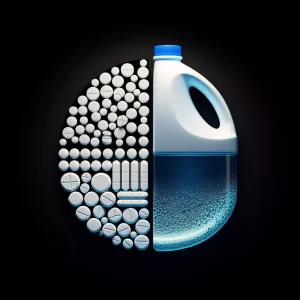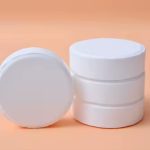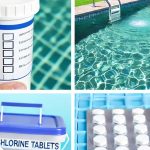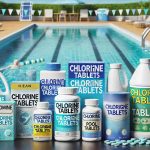Chlorine-based disinfectants are widely used in water treatment and healthcare to control pathogens and ensure the safety of drinking water. However, the appropriate concentration of chlorine varies depending on the application. This project aims to conduct an in-depth study on the preparation methods and usage conditions of common chlorine-based disinfectants at different concentrations, providing a theoretical basis for their rational and effective use.
What are Chlorine-Based Disinfectants?
Chlorine-based disinfectants are soluble in water and produce strong antimicrobial effects. These disinfectants effectively inactivate various microorganisms, including bacterial reproductive bodies, viruses, fungi, tuberculosis bacilli, and highly resistant bacterial spores. Their active ingredient is commonly represented by the effective chlorine content. Common examples include 84 disinfectant, chlorine disinfection powder, and chlorine effervescent tablets. These germicides find extensive use in water treatment, sanitation, medicine, and disease prevention.
Preparation of Different Concentrations
- Effective Chlorine Concentration of 500mg/L Chlorine Disinfectant:
- Preparation Method:
- 84 Disinfectant (5% effective chlorine): Mix 100 ml of 84 disinfectant with 10 ml of water thoroughly.
- Disinfection Powder (12-13% active chlorine, 20g/bag): Sprinkle 1 bag of disinfection powder into 4.8 L of water, stirring until dissolved.
- Chlorine Effervescent Tablet (480mg/tablet to 580mg/tablet effective chlorine): Dissolve 1 tablet in 1 liter of water.
- Application Range:
- Suitable for wiping commonly used objects (floors, tables, doorknobs, phones, elevator buttons, etc.), ensuring a minimum disinfection time of 10 minutes. Soak colorless fabrics for 30 minutes.
- Preparation Method:
- Effective Chlorine Concentration of 2000mg/L Chlorine Disinfectant:
- Preparation Method:
- 84 Disinfectant (5% effective chlorine): Mix 200 ml of 84 disinfectant with 5 L of water, stirring thoroughly.
- Disinfection Powder (12-13% active chlorine, 20g/bag): Mix 1 bag of disinfection powder with 1.2 L of water, ensuring complete dissolution.
- Chlorine Effervescent Tablet (480mg/tablet to 580mg/tablet effective chlorine): Dissolve four tablets in 1 liter of water.
- Application Range:
- Suitable for general infectious disease ward environments and items used by patients. Apply by wiping or soaking, ensuring a disinfection time exceeding 30 minutes. Use disinfectant to wipe various surfaces, including beds, tables, chairs, windowsills, etc.
- Preparation Method:
- Effective Chlorine Concentration of 5000mg/L Chlorine Disinfectant:
- Preparation Method:
- 84 Disinfectant (5% effective chlorine): Mix 100 ml of 84 disinfectant with 1 L of water, stirring thoroughly.
- Disinfection Powder (12-13% active chlorine, 20g/bag): Mix 2.5 bags of disinfection powder with 1.2 L of water, ensuring complete dissolution.
- Chlorine Effervescent Tablet (480mg/tablet to 580mg/tablet effective chlorine): Dissolve ten tablets in 1 liter of water.
- Application Range:
- Suitable for effective sterilization in hospital infectious disease units and items used by patients. Apply by wiping or soaking, ensuring a disinfection time exceeding 30 minutes.
- Preparation Method:
In conclusion, understanding and appropriately preparing chlorine-based disinfectants are crucial for ensuring drinking water safety and preventing the spread of infectious diseases. Different concentrations should be selected based on specific scenarios and requirements to guarantee effective germicidal outcomes while minimizing potential harm to the environment and human health. Scientific and rational preparation and use contribute to effectively addressing water environmental pollution issues and safeguarding human health and safety.




